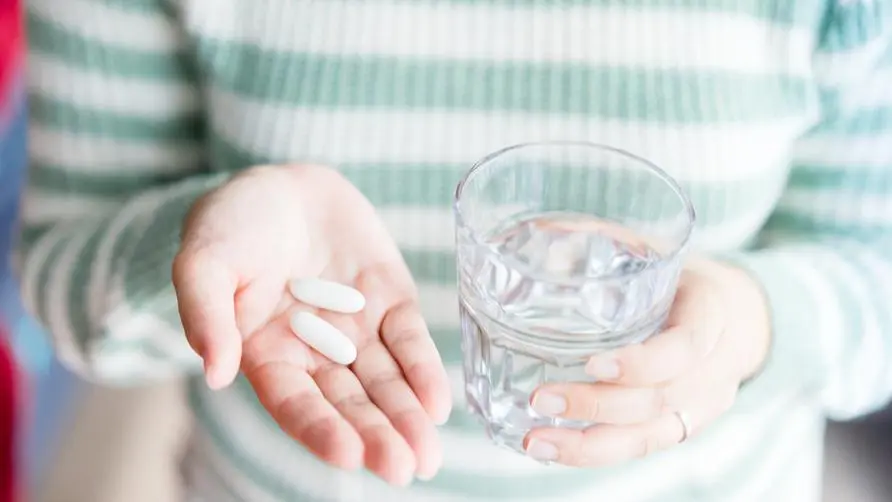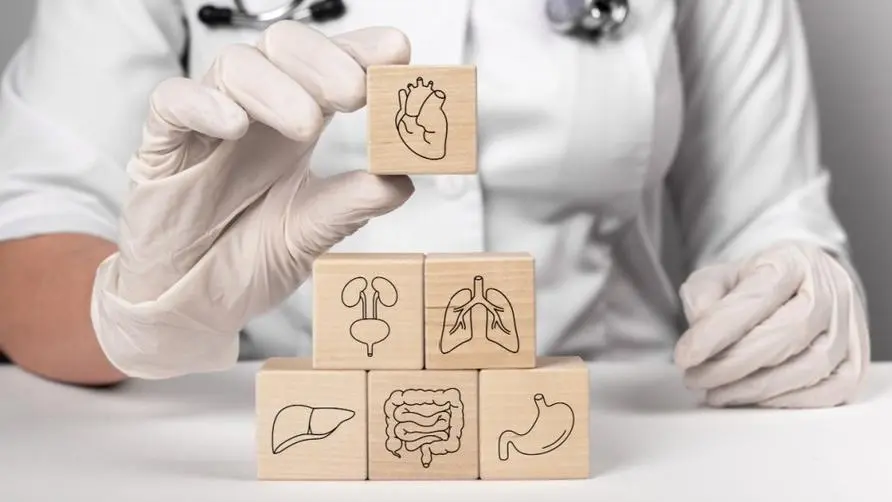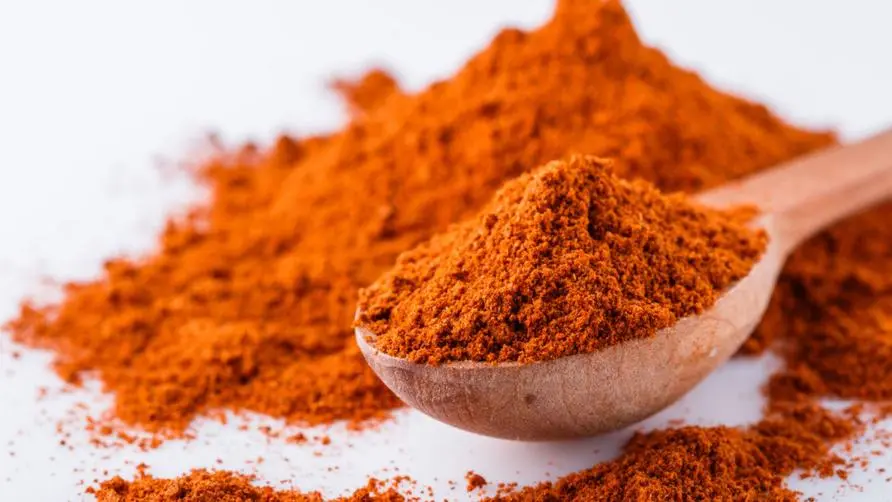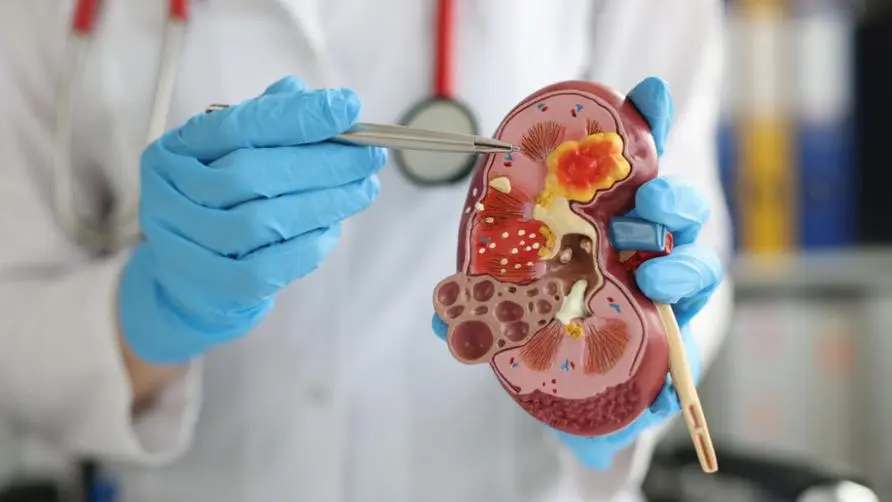Puna Pain is said to be crazy about out-of-stock analgesic and antipyretic drugs. "Wrong way of taking" hurts liver and kidneys? Doctor: These people should not eat too much

“Puna Pain” is said to be out of stock. How much can you eat per day? There is concern about hepatotoxicity if the dose exceeds this amount
The commonly used analgesic and antipyretic drug “Punatamine” was reported to be out of stock. Many people went to pharmacies to buy the medicine but were left empty-handed. The Central Epidemic Command Center also confirmed that there were large purchases of “Punatamine”. In an interview, Liu Pengchi, an attending physician at the Department of Family Medicine of Shin Kong Hospital, pointed out that the main ingredient of acetaminophen is acetaminophen, most of which is metabolized by the liver. If an adult consumes more than 4 grams a day, there is a certain degree of risk of liver toxicity.
Dr. Liu Pengchi said that acetaminophen can block pain transmission and has antipyretic and analgesic effects. The common dosage of one pill is 500mg, and the average patient is usually advised to use up to 8 pills a day. However, if you have abnormal liver function or chronic liver disease such as severe cirrhosis, you must be particularly careful about the dosage of these analgesics. It is best to have a doctor assess the risk of liver function and adjust the dosage. Do not take them together with alcohol.
If acetaminophen and non-steroidal analgesics are taken differently, could they cause kidney and gastrointestinal bleeding?
Dr. Liu Pengchi pointed out that another type of commonly used “non-steroidal analgesics” (NSAIDs), such as ibuprofen, has a more significant analgesic effect than simple narcotics and is often used to relieve symptoms such as sore throat, joint pain, and body aches. Generally, if you have mild fever, mild throat pain and discomfort, you can mainly use Puna Pain. The risk of allergies and drug interactions is relatively small.
Dr. Liu Pengchi reminded that “non-steroidal analgesics” are metabolized by the kidneys and have a higher risk of gastrointestinal bleeding and peptic tract ulcers, and the rate of allergies caused by taking the drugs is also relatively high. People with chronic kidney problems or those at high risk of gastrointestinal tract should pay special attention when using these drugs. Those with abnormal liver and kidney function must control the dosage. In addition, non-steroidal analgesics may affect the efficacy of anticoagulants and antiplatelets. Some studies have pointed out that they may increase cardiovascular risks. Patients who are taking related drugs should pay more attention.
People undergoing kidney dialysis should pay attention to the dosage of painkillers! Is taking painkillers with coffee more effective?
Many people in Taiwan have relatives and friends undergoing dialysis (kidney dialysis). Dr. Liu Pengchi said that if dialysis patients need to use painkillers, Puna Pain will be the most effective because there are relatively few allergic risks and drug interactions, and most of them are metabolized by the liver. Priority considerations. Since non-steroidal analgesics such as ibuprofen are metabolized by the kidneys, they are mostly banned or not recommended for use in dialysis patients. Patients and their families are reminded to pay attention to the type of analgesic drugs and consult a physician or pharmacist before taking them.
Will the pain relief effect be stronger if you take painkillers such as Panacin and drink coffee? Dr. Liu Pengchi pointed out that liquids such as juice, tea, and coffee may affect drug metabolism and efficacy. Although Punaton “enhanced tablets” contain additional caffeine ingredients, the caffeine in food and the purification added to the drug The caffeine in coffee is different, and coffee contains tannic acid and other ingredients, which may affect the pH value of the drug after it enters the body, causing unknown effects on drug absorption and drug effectiveness. It is recommended that painkillers and other medications should be taken with warm water.
Further reading:





